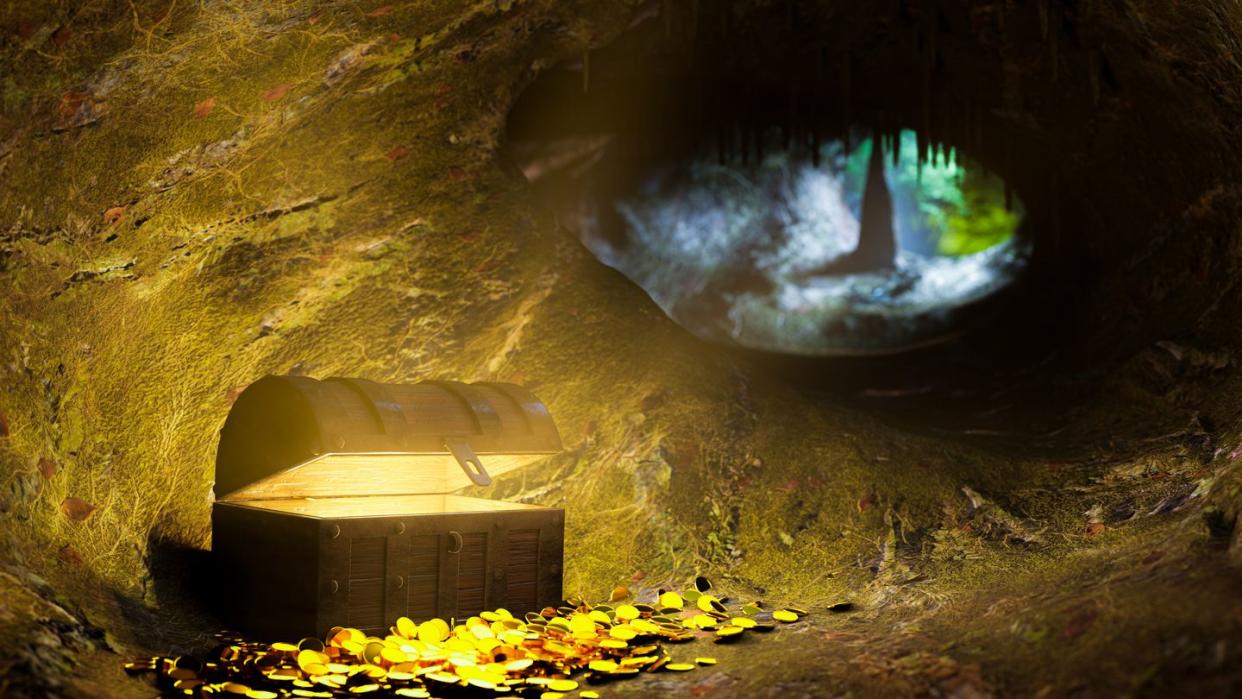A Simple Renovation Project Unearthed a Grave Filled With Flabbergasting Treasures

A Swedish church construction project revealed a grave full of medieval coins.
Archaeologists discovered roughly 170 silver coins scattered within the grave and on the skeletal remains.
Few coins from the 1150 to 1180 AD time period have been found in the region, making the find especially exciting.
The running of wire in an old Swedish church in Brahekyrkan on the island of Visingsö led to a medieval coin discovery that archaeologists were simply flabbergasted to see.
The discovery started with a church remodel project, and morphed into an archaeological excavation when two skeletons were found in the shaft where wires were to be laid for a geothermal heating project. The first day archaeologists arrived to clean the bones and inspect the graves, they were met with a shock.
“All of a sudden, three silver coins appeared,” Anna Ödéen, project manager and archaeologist from the Jönköping County Museum, said in a translated statement. “We soon realized that many more were lying close to the buried person’s left foot.”
And by many more, they meant 170 silver coins strewn in the grave. Known as silver bracteates—which are often thin and circular like coins, but used as jewelry—the metal discovery has been dated to around 1150 to 1180 AD.
“The find is very special,” Ödéen said, “partly because there are few similar finds from the time period, partly because some of the coins are completely unknown from before.”
Eeva Jonsson of the Royal Coin Cabinet was plenty enthused with the 12th century haul. “It is a completely sensational find that will change the early medieval coin history in Götaland and shed light on a period that is largely completely unknown,” Jonsson said in a statement.
The skeletal remains appear to have belonged to a man aged 20 to 25 years old. But what makes the find even more surprising is that the coins were found in a Christian grave, not one customarily taken to being filled with valuables. That is a custom that died out following prehistoric times.
The coins were seen on the first day after Ödéen and colleague Kristina Jansson started cleaning out the bones to gain a better picture of the graves.
The archaeologists will have the coins preserved while they continue to search for clues as to why 170 silver bracteates were buried with the young man. Ödéen said the team is “looking forward to putting together a puzzle around the bracteates from Brahekyrkan.”
You Might Also Like

